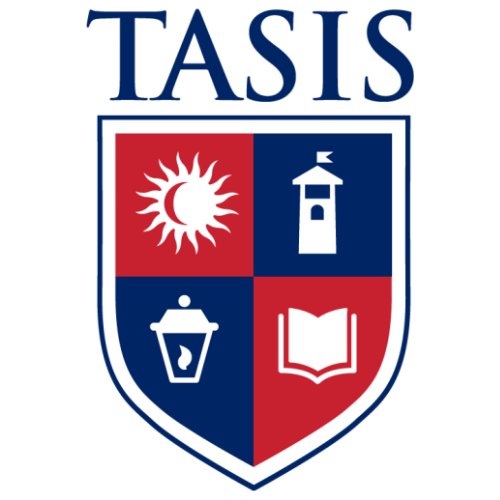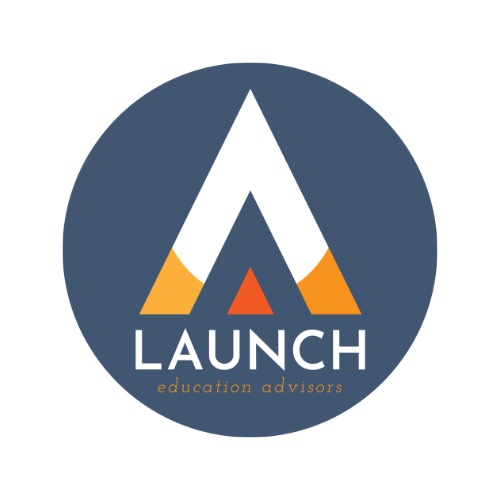by Mary Manning, Heidelberg IWC
 Artificial intelligence news has been dominating the news cycles for the last year – from multi-billion-dollar Silicon Valley investments, to Chinese innovations that upend the stock market, to the dangers of an unregulated tech industry. It can leave us feeling anxious and unsure about how to use this technology and where it fits into our lives. But behind the scary headlines, there are some great tools that are being developed that can help people learn, create and solve everyday problems. I wanted to highlight a few of these applications that may prove beneficial to you, your students and children.
Artificial intelligence news has been dominating the news cycles for the last year – from multi-billion-dollar Silicon Valley investments, to Chinese innovations that upend the stock market, to the dangers of an unregulated tech industry. It can leave us feeling anxious and unsure about how to use this technology and where it fits into our lives. But behind the scary headlines, there are some great tools that are being developed that can help people learn, create and solve everyday problems. I wanted to highlight a few of these applications that may prove beneficial to you, your students and children.
AI as a Study Buddy
My first big “Aha” moment with AI was last fall, when I heard about a product from Google called Notebook LM. It acts as a personal research assistant that can quickly summarize multiple documents, helping you to analyze the information, structure it into different formats or create content from it.
For example, a student could upload their lecture notes, slides, textbook extracts, YouTube tutorials, and websites for a particular course. Then she could use the tool to:
- Ask the tool to summarize the information
- Ask for a more detailed explanation of a difficult concept
- Create a practice quiz or generate potential essay questions
- Create a study guide or timeline at the click of a button
- Create a podcast on the material (especially valuable for auditory learners)
The reason for the “Aha” was the fact that Notebook LM only uses the information that you upload for its responses. ChatGPT and other large language models (LLMs) are predictive models that search for a “most likely” response to your questions based on their training data, which may lead to “hallucinations,” i.e., incorrect or misleading responses. You have control over the input data and Notebook LM can point you back to the source for its responses. This made me feel much more comfortable using the tool.
A second important aspect is that Google states that your inputs will not be used to train AI models. If you have concerns about your data privacy, you should take a look at their statement.
Mary Adams and Marelie Manders, co-chairs of the Human Rights Team, are innovators in the use of this tool for FAWCO. This year they are highlighting each of the 12 critical areas of the Beijing Platform for Action in their monthly meetings and using Notebook LM to help understand the information and create advocacy tools. Contact them if you would like to learn more.
Mastering a new language with AI
While we are all familiar with the miracles of Google Translate, another use case for artificial intelligence that may be very useful for the FAWCO community is the support that AI can provide in learning a new language. While the technology is not at the stage where it can fully replace more traditional methods like classroom instruction or conversation with a native speaker, it can support you in gaining more confidence in your new language.
Here are some examples:
- You can use LLMs like ChatGPT or Claude to create customized vocabulary lists or grammar exercises and explain grammar rules.
- ELSA Speak is focused on analyzing your speech and improving your pronunciation.
- LingQ can suggest articles, videos and podcasts based on your interests and proficiency levels
- Other tools you may consider: Busuu, Mondly, Rosetta Stone, and LingoDeer (which specializes in Asian languages).
These tools can help you build a daily language practice that is the key to learning and maintaining your skills.
Just for fun
Finally, there are dozens of apps that will create coloring pages for your kids and grandkids. You can upload a photo or simply use text to describe what you want to create (e.g., my daughter loves Barbie, Halloween and soccer), and then download and print.
The scary headlines about AI will certainly continue, but we can choose to engage with AI thoughtfully and purposefully. AI tools can serve as helpful assistants in daily life, whether you are a parent, educator or student. The key is to approach these tools not as magical solutions, but as practical resources to be used alongside traditional learning methods, critical thinking and human connection.
Image: Canva


